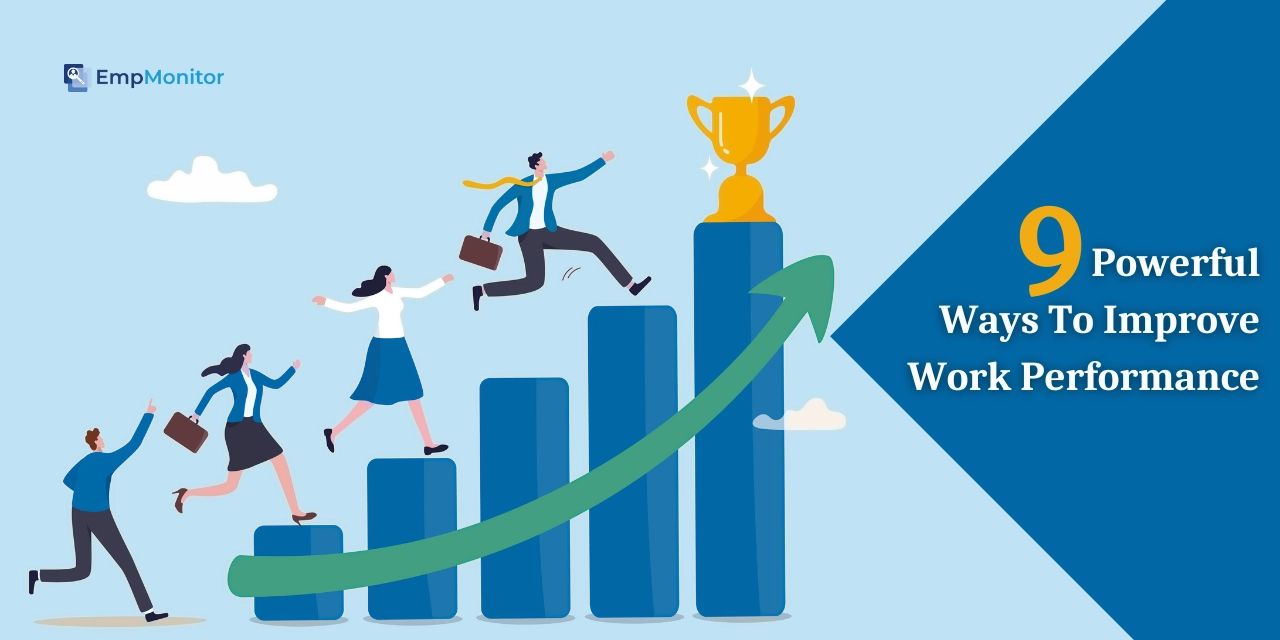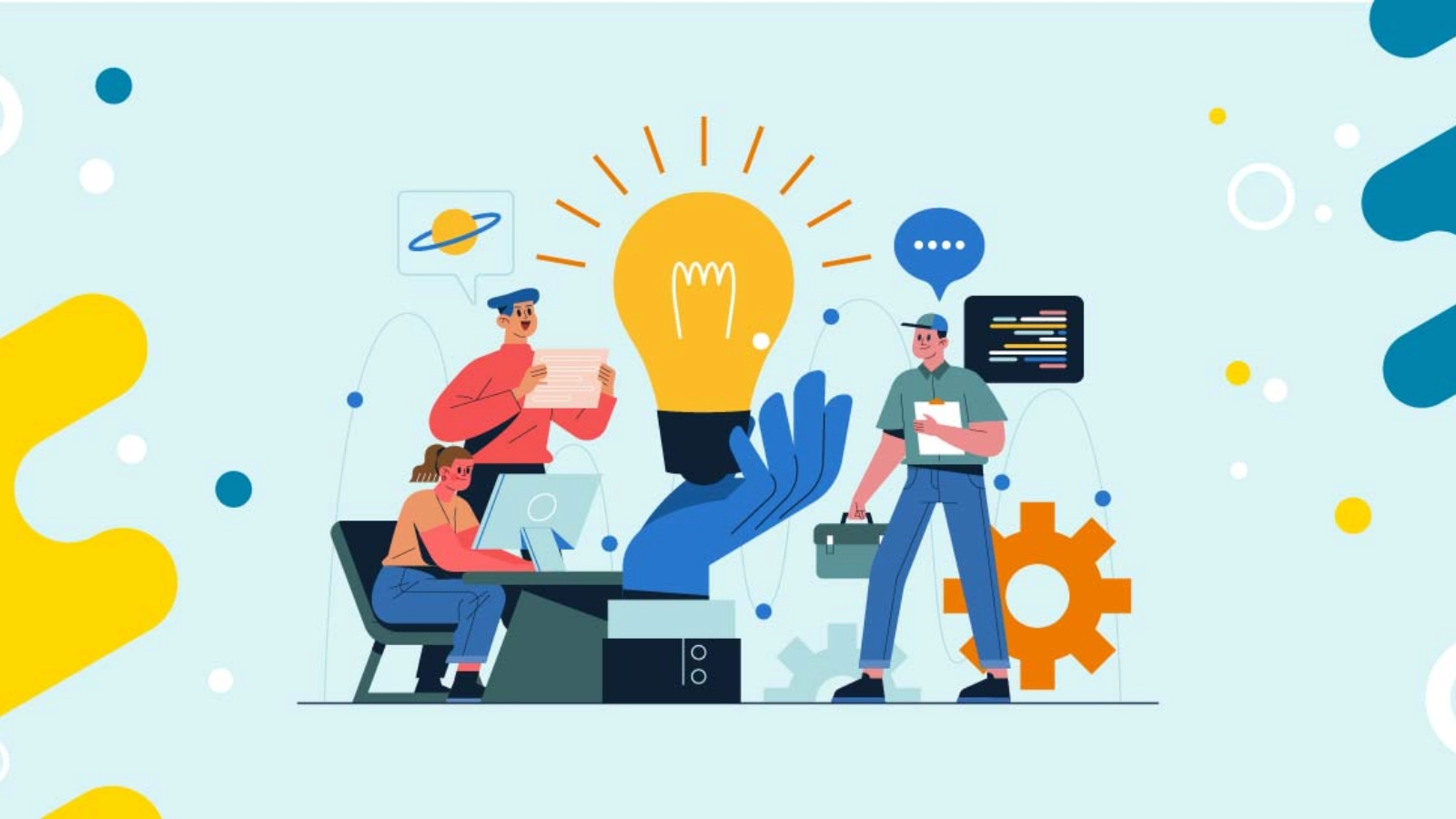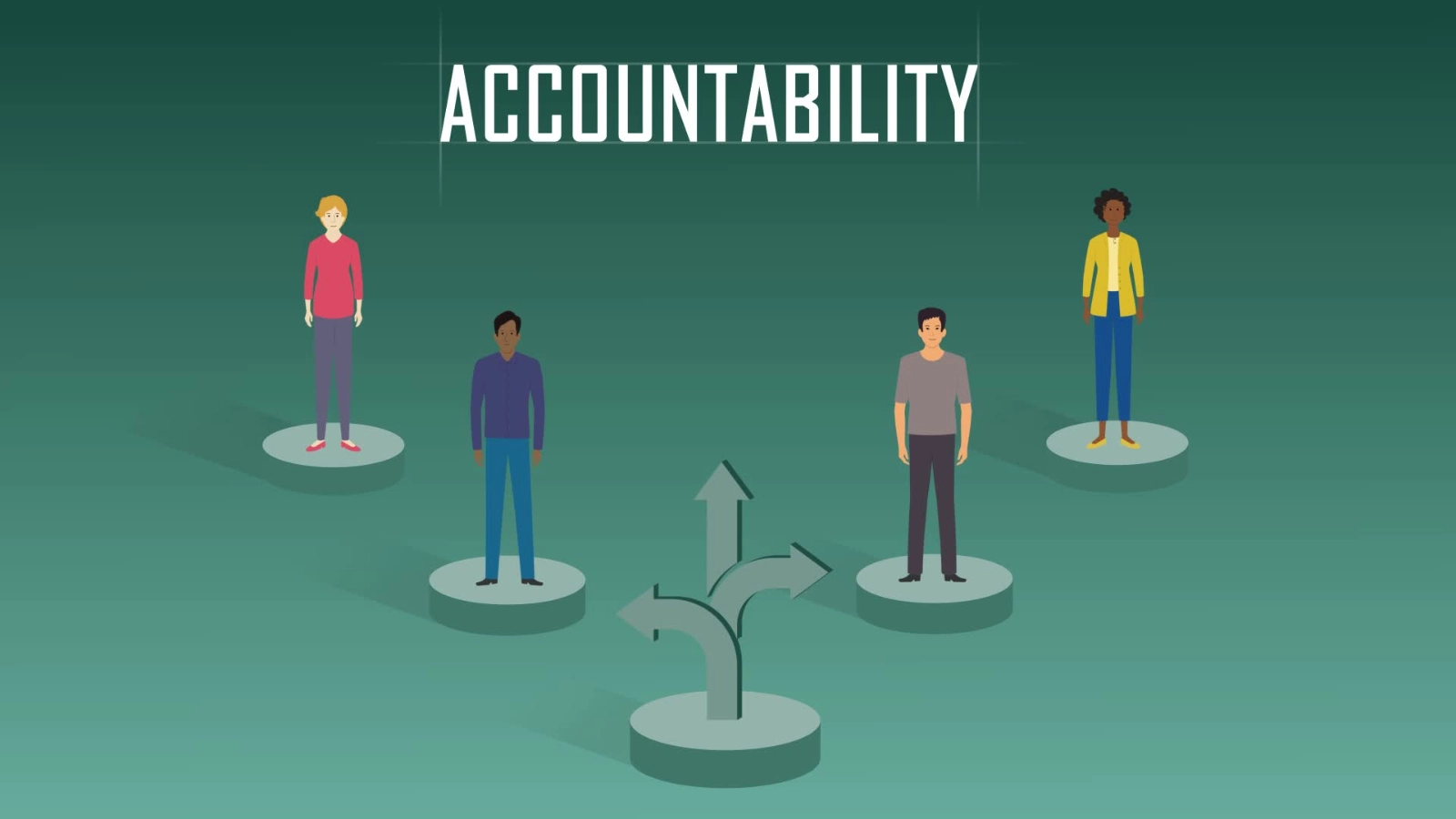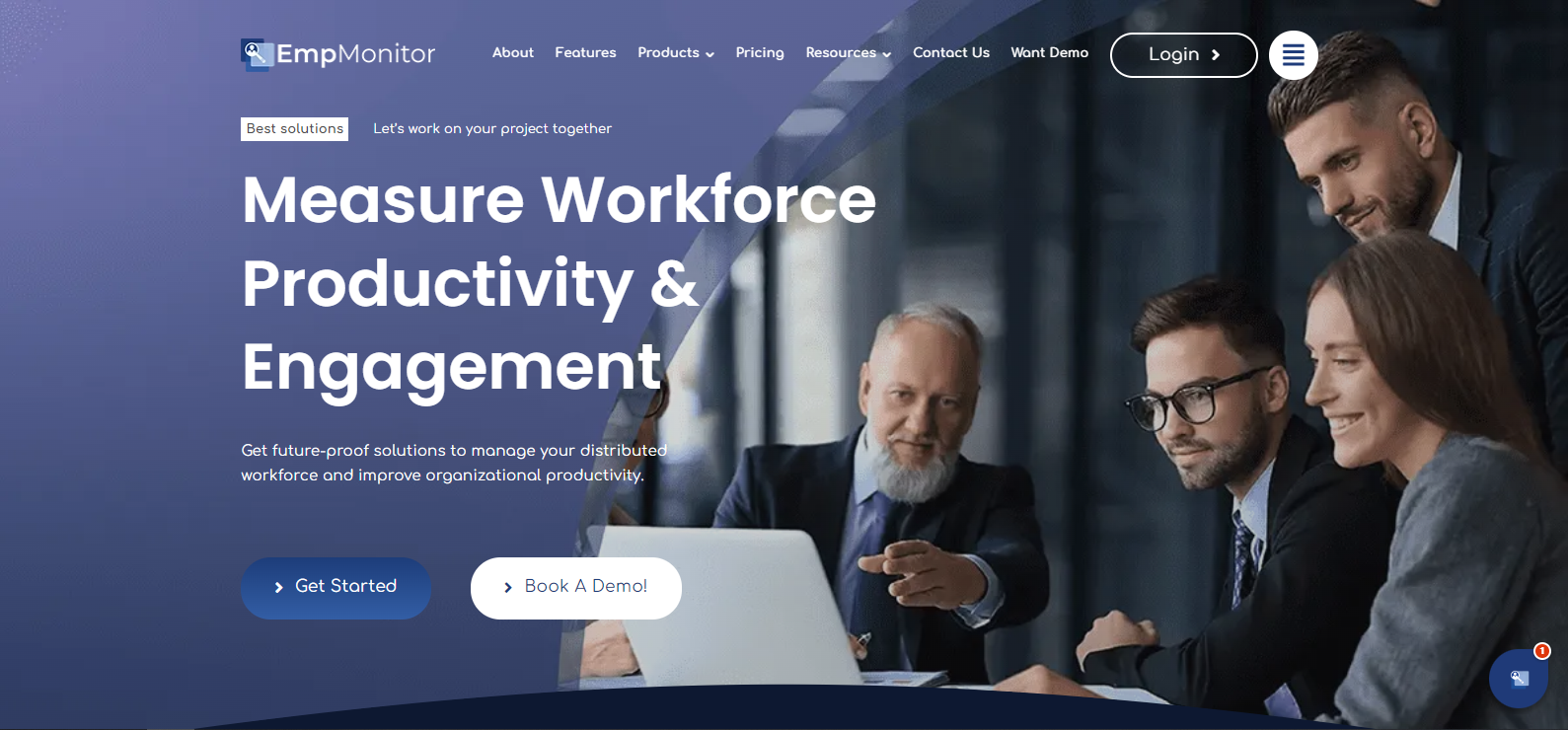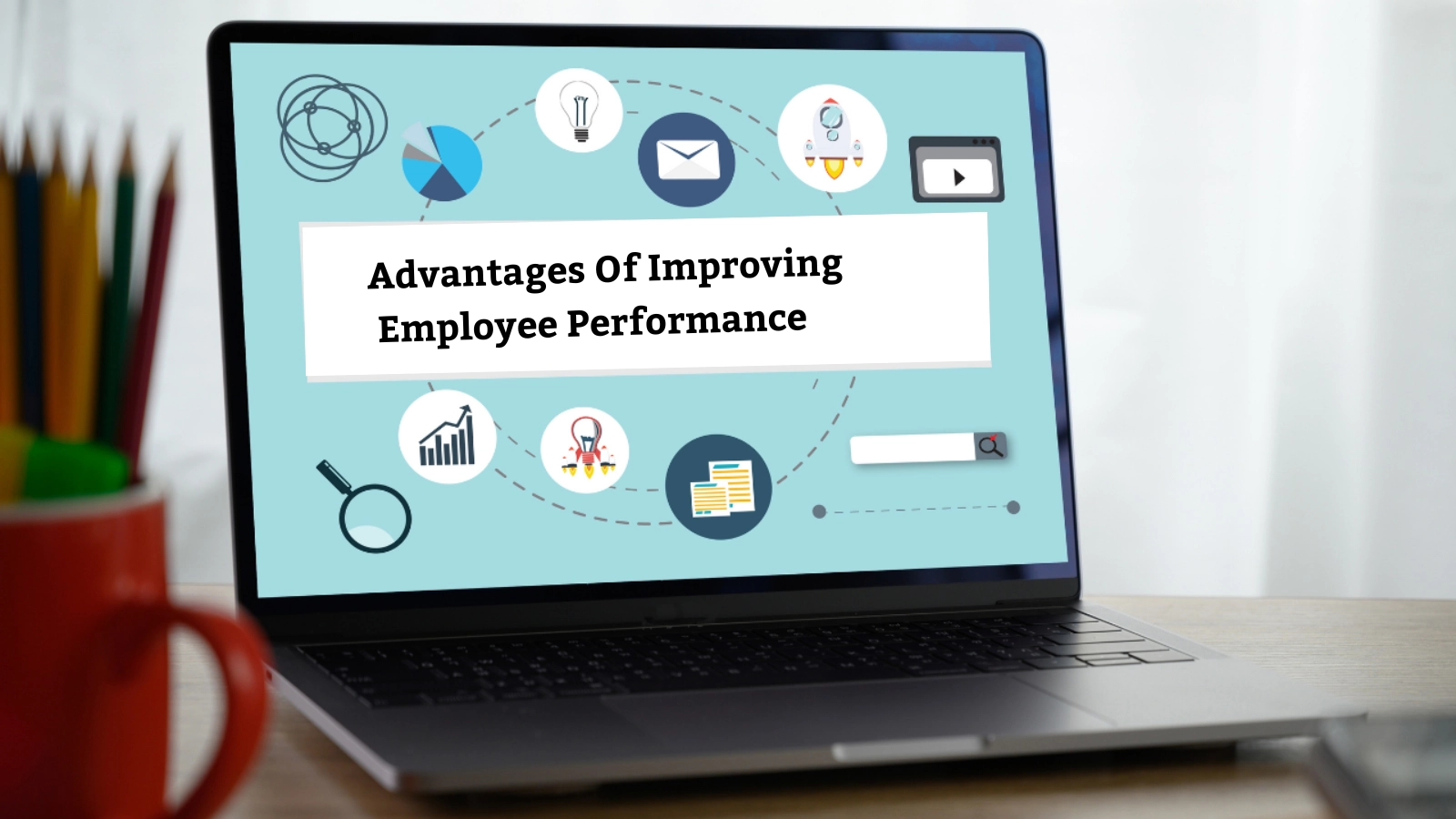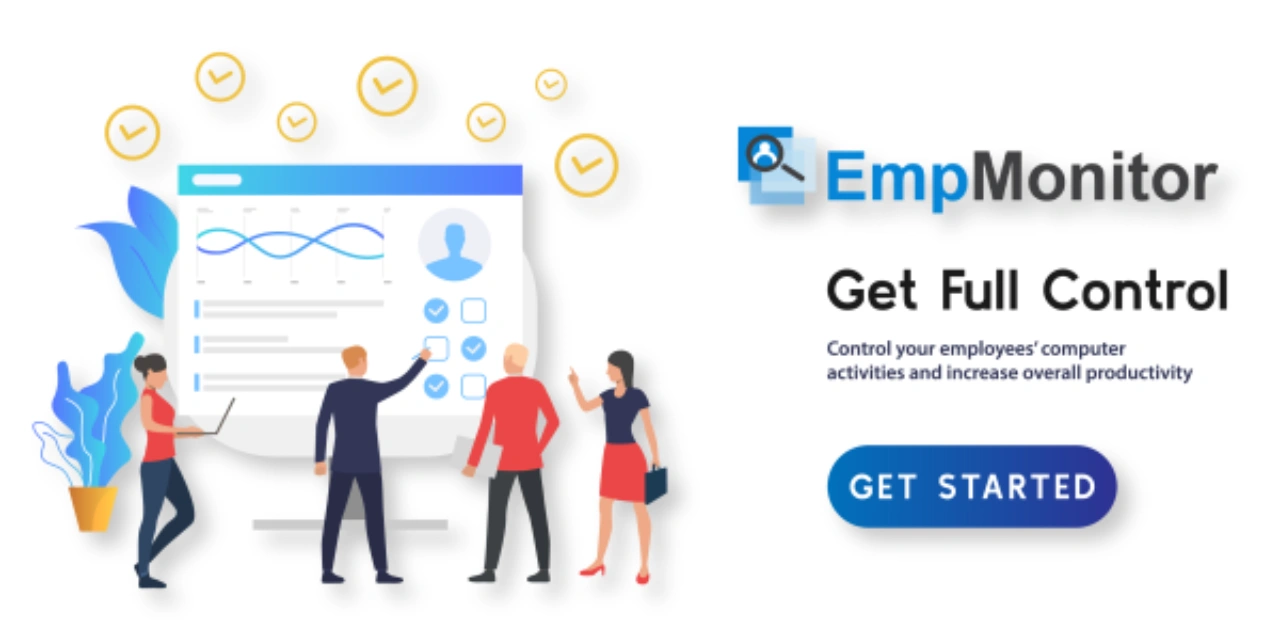According to recent statistics, workplace productivity is a core indicator of organizational success. However, achieving peak performance can be a challenging endeavor, and because of that, businesses are constantly looking for ways to improve work performance and workforce efficiency.
Whether you’re a manager looking to optimize team performance or an individual striving for personal growth, there are various strategies that you can employ to elevate work performance.
In this blog, we’ll explore proven techniques and practical tips to boost productivity, foster innovation, and cultivate a culture of excellence in the workplace. Let’s delve into ways to maximize our potential and achieve remarkable results.
In a hurry? Listen to the blog instead!
What Is Work Performance?
Work performance refers to the output, efficiency, and effectiveness demonstrated by an individual or a team in completing tasks and achieving goals within a given timeframe. It encompasses factors such as productivity, quality of work, timeliness, and ability to meet objectives.
A manager can calculate work performance through various metrics and assessments. They can track productivity levels, meeting deadlines, quality of work, and employee feedback. Utilizing performance evaluations, key performance indicators (KPIs), and feedback sessions can provide valuable insights.
Additionally, implementing training programs, providing resources, and fostering a positive work environment are effective ways to increase workplace productivity, performance and ensure continued growth within the team.
Why Improving Work Performance Is Essential?
Performance improvement is instrumental in driving enhancements in organizational performance, offering structured guidance for employees and managers. Consider the following subpoints to elucidate their significance:
Identification of Areas for Improvement:
It enables a thorough assessment of individual performance, pinpointing specific areas requiring development. This process allows employees and managers to identify strengths and weaknesses and clarify where they need improvements.
Targeted Solutions:
By understanding the underlying issues affecting performance, performance improvement facilitates the implementation of targeted strategies. This focused approach ensures that resources and efforts get directed towards addressing specific challenges, leading to more effective ways to improve work performance solutions.
Alternative to Termination:
Performance improvement offers a constructive alternative to terminating underperforming employees, preserving valuable talent within the organization.
Instead of severing ties, employees are provided with a pathway for improvement, fostering a culture of continuous learning and development.
Driving Organizational Success:
By promoting individual growth and addressing performance gaps, PIPs contribute to overall organizational success. A continually improving and evolving workforce enhances competitiveness and ensures long-term viability in the marketplace.
Hence, it is essential to improve work performance by identifying areas for development, implementing targeted solutions, and fostering a culture of growth and improvement within the organization.
9 Ways To Improve Work Performance
Now that you have understood the importance of improving workability. Let us delve deeper into the methods to enhance the performance of the workforce and increase employee productivity.
Method- 1 Effective Communication
Effective communication is essential for successful collaboration between employees and departments. As a manager, it’s crucial to train your team in clear communication and review communication strategies regularly. Sharing company goals and visions fosters employee efficiency and a sense of ownership, aligning personal and organizational objectives.
Encourage setting task timelines and provide continuous feedback. Communication should increase when assistance is needed when tasks become overwhelming, facilitating better task planning and delegation to prevent employee idleness or overload.
Method-2 Plan & Prioritize
Planning and prioritizing are the best ways to improve the work performance of employees. When we avoid organization and prioritization, optimizing work performance becomes challenging. Encourage team members to prioritize tasks and avoid procrastination. Even though you work for eight hours, you waste time getting distracted and worrying about things that aren’t important.
Additionally, frequent meetings contribute to delays when there’s already a heavy workload.
Method-3 Set Clear Goals
It is easier for employees to achieve their objectives if they clearly understand their responsibilities. Without clarity, it’s like asking them to navigate without a map. Hold individual meetings with each team member to set and discuss goals to avoid miscommunication.
By evaluating performance against these objectives, your employees can better monitor and increase productivity, strategize goal attainment, and identify ways to improve work performance.
Method- 4 Foster Accountability
Own your tasks. Lead by doing, not delaying or avoiding responsibility. Reflect on your actions and put effort into your work. Even if you think others don’t notice, they do. When you lead by example, your team follows suit. Define who’s responsible for each task and when it needs to get completed. For example, assign one person to ensure a certain number of blogs get completed by a deadline.
Method- 5 Appreciate Feedback
Everyone should give and get feedback, no matter their position. Create a culture where employees’ helpful feedback is valued. When you give feedback, mention what needs fixing and what’s going right.
For example, when you give feedback on tasks, ask about your management style too. Listen to suggestions for improvement and act on the valid ones. It shows you value your employees and trust in their abilities. It also opens ways to improve work performance.
Method- 6 Train And Grow
Every employee wants to move up to higher-paying positions. But once they get promoted, it’s vital to give them the training they need for their new job. For example, if someone becomes a manager, they should learn how to lead a team. When a manager receives the appropriate training at the right time, it helps employees succeed in their new roles.
Also, when you invest in employees’ growth, they perform better at work, which decreases employee turnover.
Method-7 Keep Track Of Your Employee’s Time
Effective time management strategies are crucial as they help you enhance productivity and foster a healthy work environment. One invaluable tool in achieving these goals is EmpMonitor. You can gain comprehensive insights into your employees’ time usage and productivity levels by integrating EmpMonitor into your workflow.
This powerful software solution allows you to track tasks, monitor project progress, and identify areas for improvement effortlessly. With EmpMonitor, you can unlock the about employee productivity helps you to develop new ways to improve work performance. It also empowers your team to manage their time more efficiently, ensuring they deliver high-quality work within designated hours while maintaining a healthy work-life balance.
EmpMonitor
EmpMonitor is an employee performance monitoring software that offers several features to enhance productivity and security in the workplace. Here are the features of EmpMonitor:
Real-Time Activity Monitoring:
EmpMonitor provides real-time monitoring of employees’ activities, allowing employers to track their computer usage, websites visited, applications used, and active hours.
Screenshots and Keystroke Logging:
EmpMonitor, a workforce management software, captures screenshots periodically to provide visual insights into employees’ computer activities. Additionally, it logs keystrokes to monitor text input, enhancing security and accountability.
Internet Usage Tracking:
EmpMonitor monitors employees’ internet usage, including websites visited and time spent on each site. This feature helps employers find ways to improve work performance and ensure compliance with company policies and regulations.
Productivity Analysis:
With EmpMonitor, a workforce productivity engagement software, helps employers analyze the productivity of their employees by tracking time spent on various tasks and projects. This feature helps identify inefficiencies and areas for improvement.
Remote Employee Monitoring:
EmpMonitor, workforce, enables employers to monitor remote employees’ activities, providing visibility into their work habits and ensuring accountability regardless of location. This feature is essential for organizations with distributed teams or remote work arrangements.
Method-8 Applause Wins
Recognize achievements beyond monetary rewards. As a manager, acknowledge star performers with words of appreciation, team dinners, or company-wide mentions. Whether it’s a handwritten note or an email, celebrating wins fosters a culture of excellence and motivates employees to excel.
Method- 9 Build A Positive Culture
Establishing a sturdy workplace culture ensures employees feel valued and content in their functions. Prioritizing employee well-being and aligning with individual goals is crucial. Offering competitive salaries, comprehensive benefits, perks, and opportunities for upskilling showcases a positive culture, fostering engagement and enhancing work performance.
Read More
08 Tips To Improve Productivity In The Workplace
Make Your Employees More Productive With Six Simple Tips!
Increase Productivity In Your Workplace | 13 Best Tips That Actually Work
Advantages Of Improving Employee Performance
Here are some of the benefits of improved employee performance:
- Continuous performance management enhances employee engagement and motivation by aligning their goals with their skills and abilities, fostering job satisfaction and achievement.
- It promotes better talent retention as employees are empowered to identify areas of growth and autonomy, providing them with reasons to stay.
- Set clear expectations and objectives. It empowers employees to contribute to goal setting and ensures everyone understands their roles and responsibilities.
- Agile performance management identifies development and progression opportunities, enabling the recognition of top performers and facilitating individualized development plans.
- It highlights training gaps and potential risks, allowing for proactive interventions to address underperformance and maximize employee potential, ultimately leading to improved overall business performance.
The Bottom Line
Finding ways to improve work performance is essential for organizational success. By fostering employee engagement, setting clear expectations, offering development opportunities, and recognizing achievements, businesses can cultivate a culture of excellence. Continuous improvement, support, and effective communication are paramount. It also acts as a ways an employee can improve performance. Investing in employees boosts productivity and nurtures a motivated workforce.
Whether you’re a manager optimizing team performance or an individual aiming for personal growth, these strategies lead to remarkable results. Embracing these approaches ensures a thriving workplace where every member contributes to success, driving the organization towards its goals efficiently and enthusiastically.

